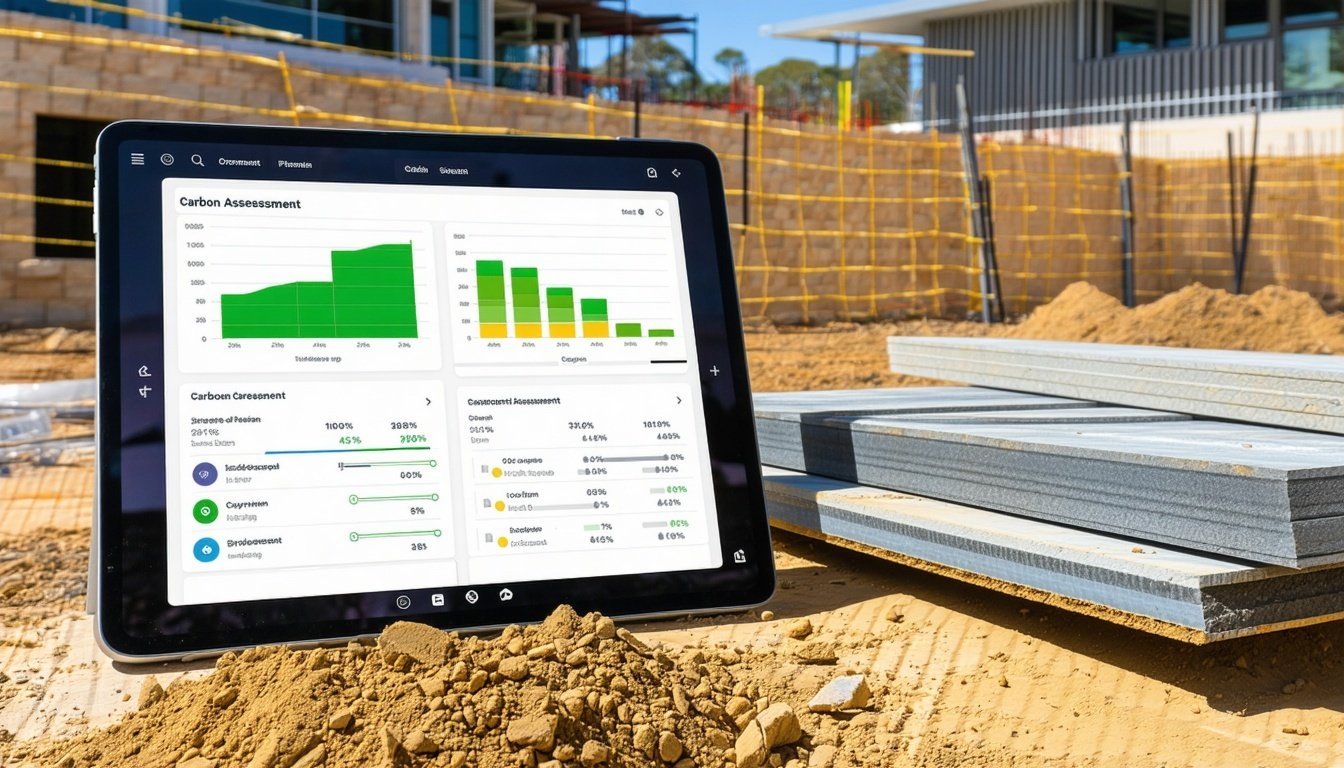Discover the essential steps and best practices for conducting whole life carbon assessments in Australia's construction industry, ensuring compliance with evolving regulations and supporting the nation's decarbonisation goals.
Understanding Whole Life Carbon Assessment
Whole life carbon assessment is the process of measuring all greenhouse gas emissions associated with a built asset throughout its entire lifecycle. This comprehensive evaluation spans from raw material extraction and manufacturing, through construction, operation, maintenance, and eventual end-of-life or reuse. By accounting for the total carbon footprint of a building, this approach provides a holistic view of its environmental impact.
In Australia, whole life carbon assessment is becoming increasingly critical as the construction industry pivots towards achieving net zero targets. New regulatory requirements and the growing demand for transparent climate-related disclosures are driving the adoption of these assessments. By understanding and mitigating the carbon emissions at every stage, stakeholders can make informed decisions that contribute to sustainable development.
Why Whole Life Carbon Assessment Matters in Australia
Australia is committed to significant decarbonisation goals, and the construction industry plays a pivotal role in this national effort. Whole life carbon assessment allows project teams to identify and reduce emissions throughout the lifecycle of a building, aligning with Australia's sustainability objectives. This method ensures that emissions are not merely shifted from one phase to another but are comprehensively minimised.
Furthermore, whole life carbon assessment supports compliance with evolving regulations and standards. It facilitates the demonstration of environmental responsibility to regulatory bodies, investors, and the public. As the industry moves towards greater transparency and accountability in climate-related disclosures, these assessments are essential for maintaining credibility and competitiveness.
Key Principles of Whole Life Carbon Assessment
Whole life carbon assessment in Australia is guided by international standards such as EN 15978 and the Royal Institution of Chartered Surveyors (RICS) framework. Additionally, national technical guidance documents tailored to local conditions support these assessments. The core principles include:
- Ensuring consistent measurement and reporting across all project stages, providing a clear and comparable carbon footprint.
- Using a modular structure to break down the asset’s lifecycle into manageable stages, from product and construction (A1–A5) to use, maintenance, and end-of-life (B, C, and D stages).
- Integrating carbon assessments early and repeatedly throughout the design and delivery process to maximise carbon reduction opportunities and make informed decisions.
Practical Steps for Conducting a Whole Life Carbon Assessment
1. Define the Scope and Boundaries: Clearly establish which lifecycle stages and building components are included in the assessment. This step ensures that all relevant emissions are accounted for and sets the framework for the analysis.
2. Gather Reliable Data: Collect accurate data on materials, energy use, and processes. Utilise Australian emissions factors and benchmarks where available to ensure the relevance and accuracy of the data.
3. Calculate Emissions: Use recognised tools and methodologies to calculate emissions for each stage. This includes emissions from product and construction (A1–A5), use and maintenance (B stages), and end-of-life (C and D stages).
4. Report Results Transparently: Clearly specify assumptions, data sources, and any exclusions in the report. Ensure that assessments are conducted at key project milestones—from concept design to post-completion—to track progress and validate outcomes.
Achieving Carbon Reduction Targets and Compliance
Whole life carbon assessment is not just a regulatory requirement; it is a powerful tool for achieving significant carbon reduction targets. By embedding whole life carbon thinking into every stage of project delivery, teams can identify opportunities for emissions reduction and implement effective strategies.
Aligning with the latest Australian guidance and leveraging digital tools and local data are crucial for accurate and effective assessments. Project teams are encouraged to engage with these resources actively and continuously. Through consistent and transparent carbon assessments, stakeholders can demonstrate compliance with regulations, support Australia's broader decarbonisation goals, and make a meaningful climate impact.






